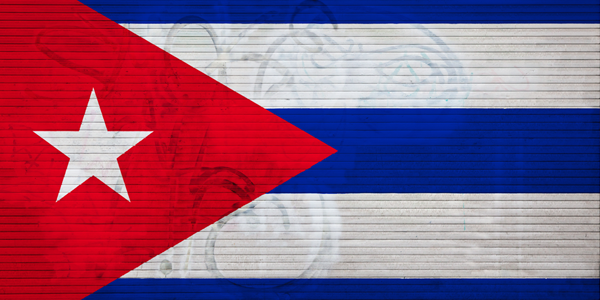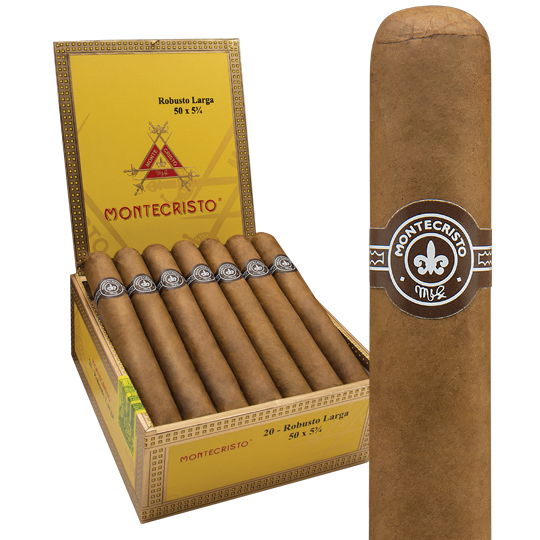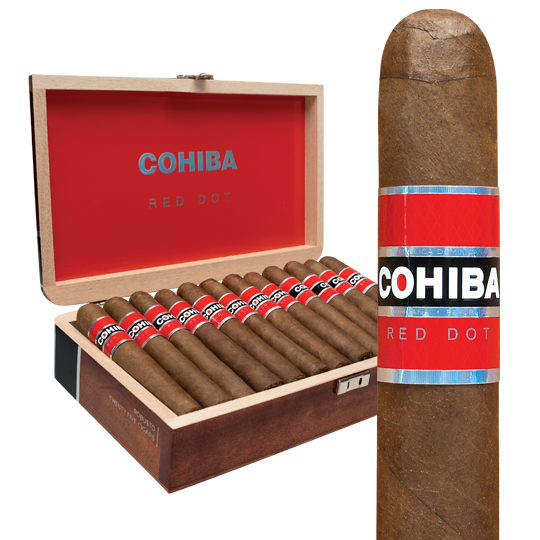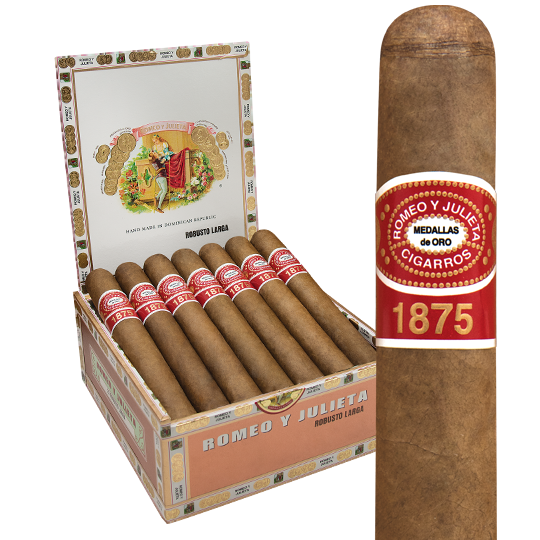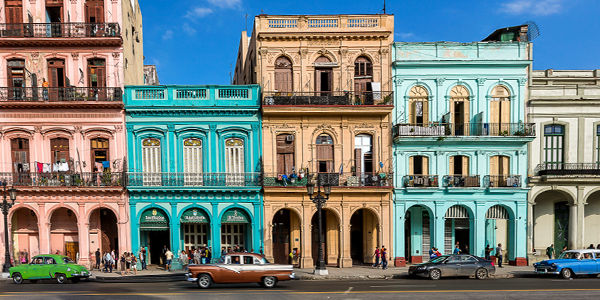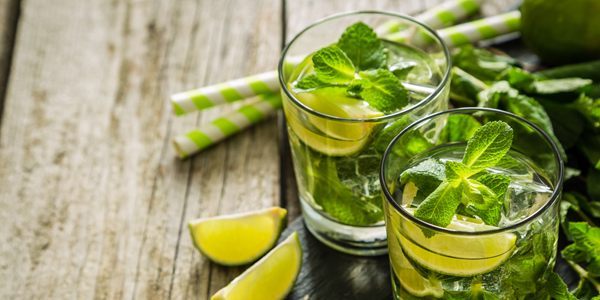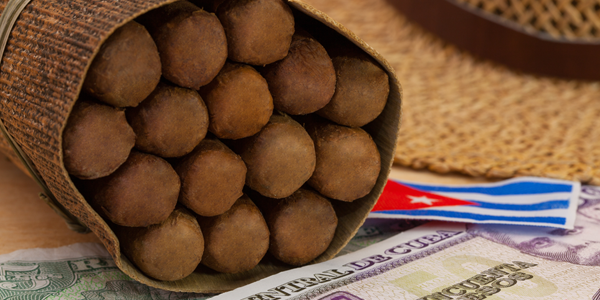Famous Exports to Come Out of Cuba
In this forum, we talk pretty much exclusively about cigars. Sometimes we talk about Cuban cigars. Well, we’re going to spread our wings, diversify, and look at Cuba and what it has given the world beyond cigars. But first, cigars.
Light Me Up
You might argue for your favorite, but tops in the pantheon of Cuban cigars the Montecristo No. 2, a shapely, large torpedo measuring 6.125 x 52. The Monte 2 is a cigar that defines Cuban excellence, even though over the past couple of decades the quality of construction has been erratic. Still, if you’re among BOTLs and you pluck a Monte 2 from your cigar case, they’ll know that you are a true, knowledgeable cigar aficionado. This cigar dates back to 1935 and is named for the hero in Alexandre Dumas’ 1844 opus, The Count of Monte Cristo. The cigar band has a fleur de lis, a symbol of French royalty, on it. This is a cigar, made right, that smokes well when it’s relatively young and even better after aging several years.
You might think Cohiba should be considered among the great Cuban gifts to the world, and I wouldn’t dispute that, but the Cohiba was born in the mid-1960s. Today, however, it might be the most coveted cigar brand in the world, in part because of its association with Fidel Castro. In any case, while quality has ranged wildly over the years, a good Cohiba Robusto, 4.875 x 50, is among the finest cigars one will ever have the pleasure of smoking.
Cigars and tobacco products hold second place among Cuba’s exports, surpassed only by sugar.
Buy Me a Drink
Yeah, yeah. If it grows together, it goes together. So, Cuban rum. “Beverages, spirits, vinegar” account for nearly $130 million in Cuban exports, holding fourth place, according to the CIA’s World Factbook in 2017. How much of that is rum is unclear, but it’s among the more interesting products to bring back from, say, London’s Heathrow Airport. I like the Havana Club Selección de Maestros or the Santiago 11-year old rums. With Cuban rum, one can make three of Cuba’s famous cocktails that are known internationally. We’ve also outlined the best Cuban rum and cigar pairings, too.
The Cuba Libre became a classic, if mediocre, highball shortly after the Spanish-American War. History has it that a member of the US Army Signal Corps stationed in Havana ordered it one day. Other accounts have it originating at Havana’s famous La Floridita restaurant in 1902, made in honor of Cuban independence. The drink quickly became popular in the US.
The daiquiri is a cocktail typically made by mixing rum with lime juice and sugar. It is reportedly named after a beach near Santiago de Cuba and is said to have been invented by an American mining engineer. The drink was introduced to the US in New York clubs around 1902.
The mojito is probably the most well-known and well-liked Cuban cocktail. It’s generally made with five ingredients: white rum; sugar; lime juice; soda water; and mint. Today, the mojito is found everywhere in different flavors. I like them “dirty,” using dark rum.
The Cuban Sandwich (Not the Cigar)
So, I’d like to tell you that the sandwich of roast pork, sweet ham, sharp Swiss cheese, pickles, yellow mustard on buttery, toasted Cuban bread is a Cuban export. Alas, that seems not to be the case. More than likely, the Cuban sandwich was born in Key West cigar factories in 1831 as a variation of a common ham-and-cheese version. The Key West version carried lettuce, tomatoes and mayonnaise. In 1886, the sandwich, or ‘san-gweech’ as pronounced properly by Cubans, appeared in Tampa (with Italian salami added). The version that has become most popular (argue among yourselves) is the one that is made in Miami since about 1940. No mayo. No lettuce. No tomatoes. Still, if you really want to be picky, the Cuban sandwich isn’t very Cuban at all.
Sing Me a Song
The United States became aware of Cuba in a large way at the time of the Spanish-American War of 1898. The explosion of the USS Maine, plus Teddy Roosevelt and the Rough Riders placed the island firmly in our imagination. Later, Desi Arnaz (perhaps better known as Lucille Ball’s husband or his character “Ricky Ricardo”) expanded our affinity for Cuban exports. I Love Lucy hit the airwaves in 1951. Arnaz played a fictionalized version of himself as a Cuban bandleader and put the song “Babalu,” a song about the Santeria deity Babalú Ayé, squarely into the list of Cuban classics.
Cuban music was big in the U.S. long before Ry Cooder introduced the Buena Vista Social Club. A form of jazz fusion that hit our shores after World War II was known as “Cubop.” This form was championed by Mario Bauza and the Machito orchestra along with American jazz trumpeter Dizzy Gillespie. Think of this as Cuban jazz.
Around the same time, in 1950, the mambo became popular. This version of the mambo was played by big bands. The names Perez Prado and Benny Moré are the ones whose music you should search out.
The third big Cuban musical contribution to the US was chachacha. You know it more as a dance, but it is the musical genre chachacha that gave the name to the dance. If you want more on the chachacha, get a hold of recordings by Rosendo Ruiz, Jr., Félix Reina and Richard Egues, among others.
Perhaps the greatest Cuban musical export to the US was the late Celia Cruz. Like many of the Cuban cigar masters, Cruz left Cuba behind after the revolution. Cruz lived mainly in New Jersey after that, but was internationally known as a symbol of artistic freedom among Cuban musicians.
Béisbol (Baseball)
In recent years, fans of the New York Yankees are no doubt thankful for Orlando ‘El Duque’ Hernandez, the rubber-armed pitcher who was key to Yankees World Series victories in 1998- 1999 and 2000. But before ‘El Duque’ and his talented half-brother Livan came to the major leagues, there were numerous Cuban players in the bigs, but those who played their careers entirely before the Castro revolution can’t really be considered exports in that they generally went back to Cuban in the off-season.
Luis Tiant, Jr., a lover of cigars who has his own “El Tiante” line, is maybe the most adored Cuban player of all time. Tiant, or “El Tiante” as he later became known, started pitching for the Cleveland Indians in 1961. Tiant’s father pitched in the Negro Leagues for the New York Cubans. In response to a drop in the velocity of his pitches, Tiant developed his signature move, turning his back to the batter during his delivery, and became so effective that he had a league-leading ERA of 1.60 in 1968. Tiant went on to pitch for five more MLB teams, and became most popular in Boston where, in 1976, he went 21-12 at the age of 36. The year before he won 18 games, helping the Red Sox get to the World Series, where they lost to the Cincinnati Reds.
If you follow baseball today, you know Yasiel Puig (Reds), Aroldis Chapman (Yankees), Yoenis Cespedes (Mets), and Jose Abreu (White Sox), among others are Cuban-born players, but some of the ones considered the best are ones you might not know unless you’re a bit older. They include Rafael Palmeiro and José Canseco, both sullied by the use of performance-enhancing drugs, but both standout hitters. More illustrious were players like Tony Oliva (Twins), Bert Camapaneris (A’s) and Atanasio “Tony” Pérez (Reds) of the “Big Red Machine,” one of four Cubans in the National Baseball Hall of Fame. Minnie Miñoso (White Sox), nicknamed “The Cuban Comet,” played from 1949 to 1980, getting into three games in 1976 and two in the 1980s. Camilo Pascual played mostly for the Washington Senators between 1954 and 1971. He threw a curveball that Ted Williams called “the most devastating in the American League.” Leo Cardenas (Reds) played from 1960 to 1975 and held Cincinnati’s record for most homers by a shortstop until Barry Larkin broke it. Mike Cuellar won 125 games he pitched for the Orioles, winning 20 or more games a season four times. He shared the 1969 Cy Young award with Denny McClain (Tigers).

